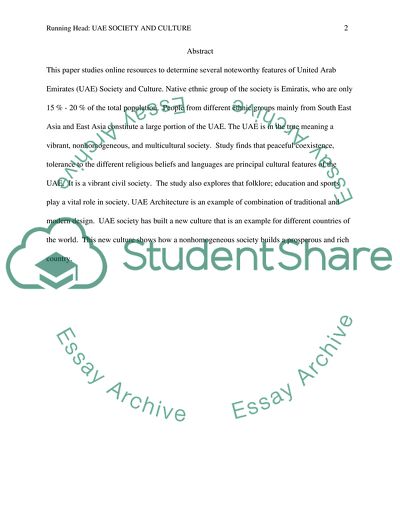Cite this document
(“Noteworthy Features of United Arab Emirates Research Paper - 1”, n.d.)
Noteworthy Features of United Arab Emirates Research Paper - 1. Retrieved from https://studentshare.org/culture/1775543-uae-culture-and-society
Noteworthy Features of United Arab Emirates Research Paper - 1. Retrieved from https://studentshare.org/culture/1775543-uae-culture-and-society
(Noteworthy Features of United Arab Emirates Research Paper - 1)
Noteworthy Features of United Arab Emirates Research Paper - 1. https://studentshare.org/culture/1775543-uae-culture-and-society.
Noteworthy Features of United Arab Emirates Research Paper - 1. https://studentshare.org/culture/1775543-uae-culture-and-society.
“Noteworthy Features of United Arab Emirates Research Paper - 1”, n.d. https://studentshare.org/culture/1775543-uae-culture-and-society.


